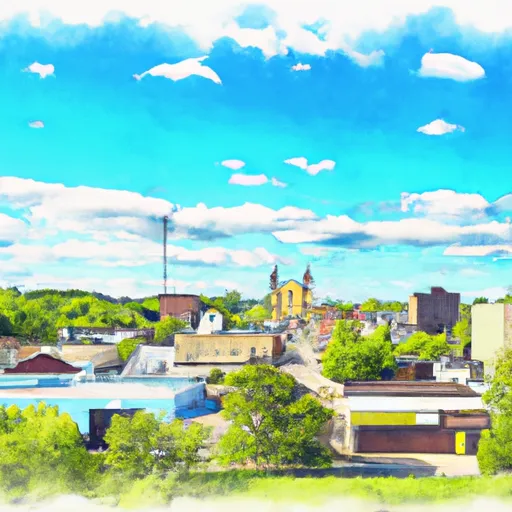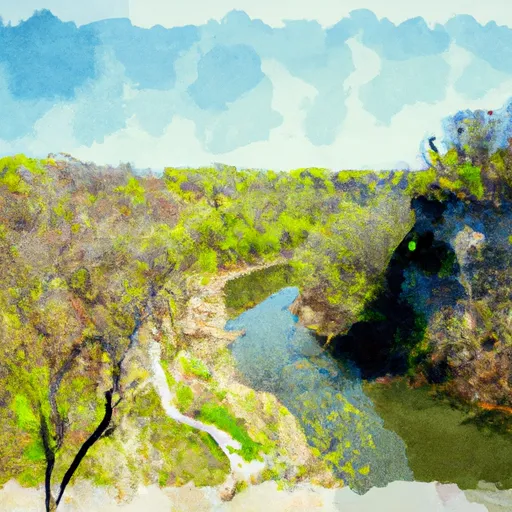°F
°F
mph
Windspeed
%
Humidity











Reedsburg, Wisconsin is a charming city located in Sauk County, in the southwestern part of the state. The climate in Reedsburg is classified as humid continental, characterized by warm summers and cold winters. Average temperatures range from 17°F (-8°C) in winter to 81°F (27°C) in summer, making it an ideal destination for both winter and summer outdoor activities.
The hydrology in Reedsburg is shaped by the Baraboo River, which flows through the city. The river provides opportunities for fishing, boating, and kayaking. There are also several nearby lakes, including Lake Redstone and Dutch Hollow Lake, offering additional water-based activities.
Outdoor recreation enthusiasts will find plenty of opportunities in Reedsburg. The city is surrounded by beautiful natural landscapes, including the nearby Baraboo Range, which offers hiking and wildlife viewing. Additionally, Devil's Lake State Park, one of Wisconsin's most popular state parks, is just a short drive away and provides scenic trails, rock climbing, and swimming.
In summary, Reedsburg, Wisconsin offers a pleasant climate with distinct seasons, a variety of hydrology constituents such as the Baraboo River, and numerous outdoor recreation opportunities, making it an appealing destination for nature lovers and adventurers alike.
Weather Forecast
Reedsburg receives approximately 913mm of rain per year, with humidity levels near 81% and air temperatures averaging around 8°C. Reedsburg has a plant hardyness factor of 5, meaning plants and agriculture in this region thrive during a short period during spring and early summer. Most plants will die off during the colder winter months.
Regional Streamflow Levels
61
Cubic Feet Per Second
5
Cubic Feet Per Second
5,860
Cubic Feet Per Second
5
Cubic Feet Per Second
Nearby Camping
| Camping Area | Reservations | Toilets | Showers |
|---|---|---|---|
| Fontainebleau State Park | |||
| Bayou Segnette State Park | |||
| Walkiah Bluff Water Park | |||
| Simpson County Lake | |||
| St. Bernard State Park | |||
| New Orleans Reserve Military |



